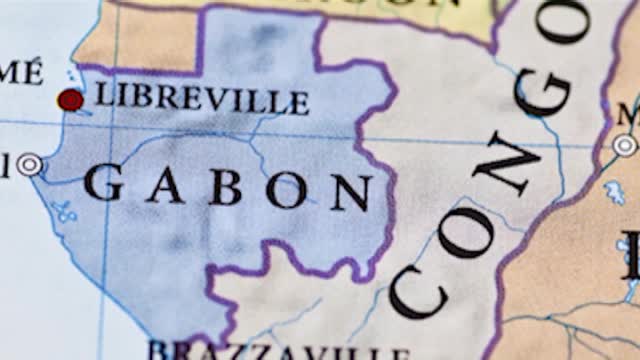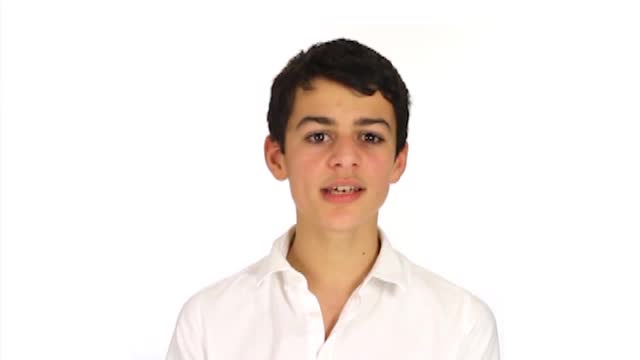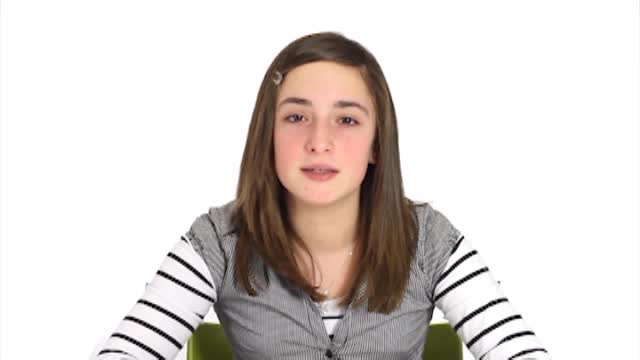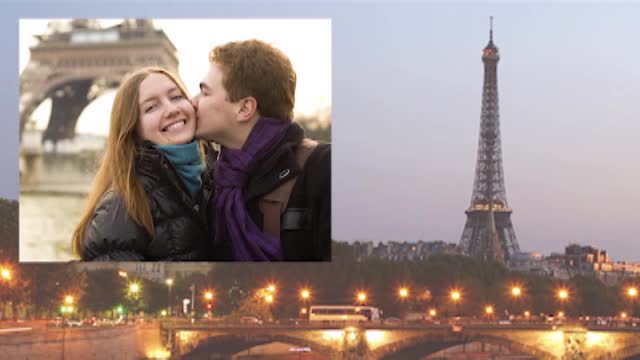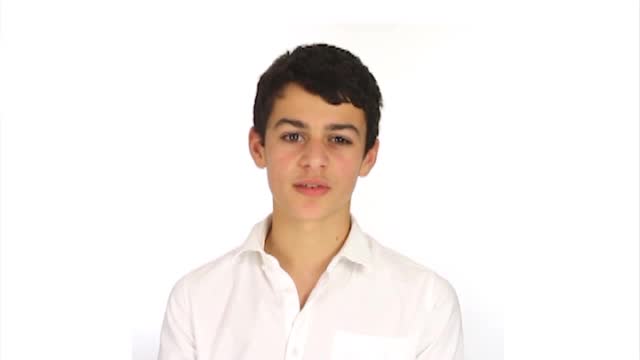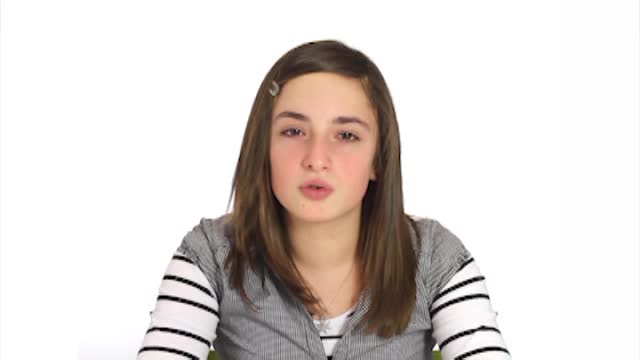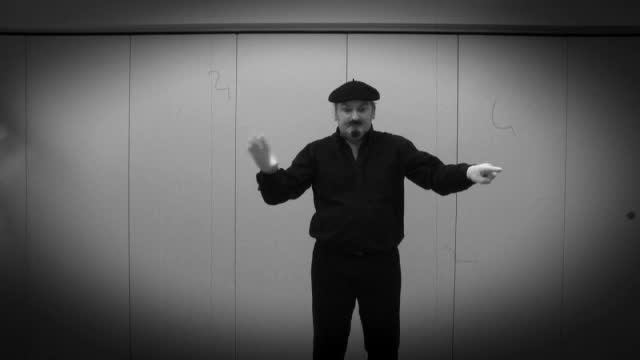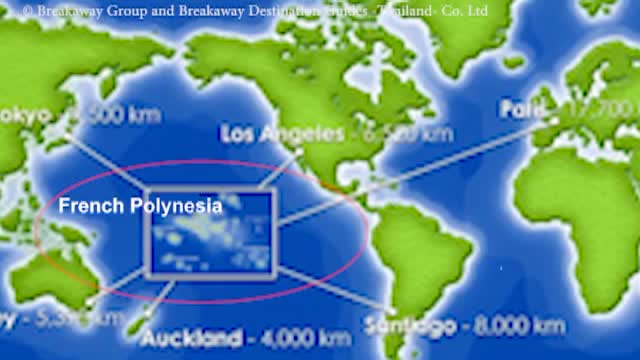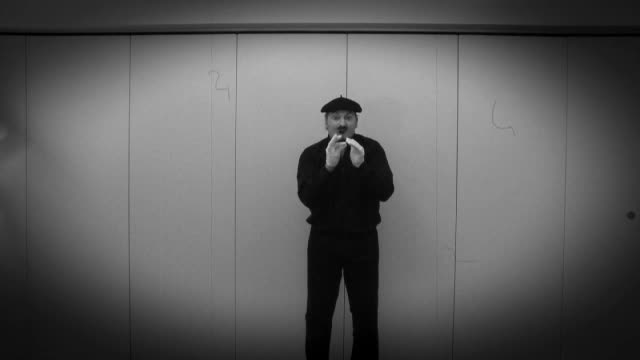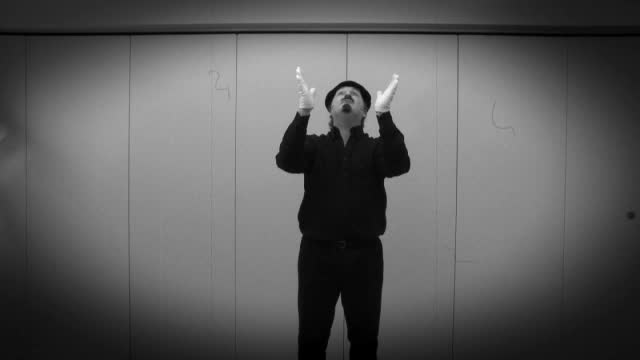Play Controls
Description
Video narrated in French about the lowland gorillas of Gabon and how the government protects them. The video is part of the Passeport pour la Francophonie website, a modern languages resource for primary learners.
The video has captions in French that can be switched on and off using the caption (CC) button.
Transcript
Teenagae boy: Salut les amis !
Vous aimez les animaux ?
Alors, on va au Gabon aujourd’hui….
Au Gabon, il y a beaucoup d’animaux sauvages et maintenant, une grande partie de ces animaux sont protégés, comme le gorille des plaines par exemple
Pour faciliter la protection des animaux, le gouvernement du Gabon encourage l’éco-tourisme.
Dans l’île d’Evingué, par exemple, l’éco-tourisme permet la protection et la découverte des gorilles des plaines “dos argenté”.
Si on a de la chance, on peut voir Mabéké. Mabéké, c’est un grand gorille. Il vit avec sa “femme”, ses deux “enfants” naturels et deux autres “enfants”, des petits orphelins qu’il a adoptés.
Ils sont très impressionnants les gorilles, mais en réalité, ils sont très gentils et un peu timides!
Ils vivent en groupe avec le chef. Le chef, c’est le mâle dominant, et sur l’île d’Evingué, c’est Mabéké ! Mabéké, c’est le plus fort du groupe, mais c’est aussi le plus diplomate. Et oui, quand il y a des conflits entre les gorilles adolescents par exemple, Mabéké calme tout le monde!
Mais qu’est-ce que mangent les gorilles?
En général, ils mangent tout ce qui est vert (de l’herbe, des feuilles) et ils adorent aussi les fruits. Regardez, miam – miam, c’est bon !
Les gorilles se déplacent un kilomètre au maximum chaque jour. Mais en début d’après midi, ils font la sieste.
Le soir, chaque gorille construit un nid (non, pas un nid d’oiseau!), fait avec des feuilles et des branches – mais les petits gorilles dorment dans le nid de leur mère. C’est un nid énorme alors!!
Allez, bonne nuit les gorilles !
Hi everyone!
Do you like animals?
So let’s go to Gabon today…
In Gabon, there are plenty of wild animals and now, many of these animals are protected, such as the Lowland Gorilla for example.
To help protect animals, the government of Gabon encourages eco-tourism.
On Evingué Island, for example, eco-tourism allows to both protect and learn about the Silver-back Lowland Gorillas.
If you are lucky, you can see Makébé. Makébé is a big gorilla. He lives with his 'wife', his own two 'children' and two orphaned 'children' which he 'adopted'.
Gorillas are very impressive but they are very nice and shy really!
They live in groups with the chief. The chief is the dominant male and, on Evingué Island, the chief is Makébé! Makébé is the strongest in the group but he is also the most diplomatic one. Yes, when there are conflicts between the adolescent gorillas for instance, Makébé calms everybody down!
But do you know what gorillas eat?
In general, they eat everything that’s green (grass, leaves) and they also love fruit. Look, yum yum, it’s good!
Gorillas travel at the most one km each day. But during the early afternoon, they take a nap.
In the evening, each gorilla builds a nest (no, not a bird’s nest!), made of leaves and branches – but baby gorillas sleep in their mother’s nest. It’s an enormous nest then!
So, good night my lillte gorillas!
Download
- Low Quality 240p (8.55Mb)
- Medium Quality 360p (14.9Mb)
